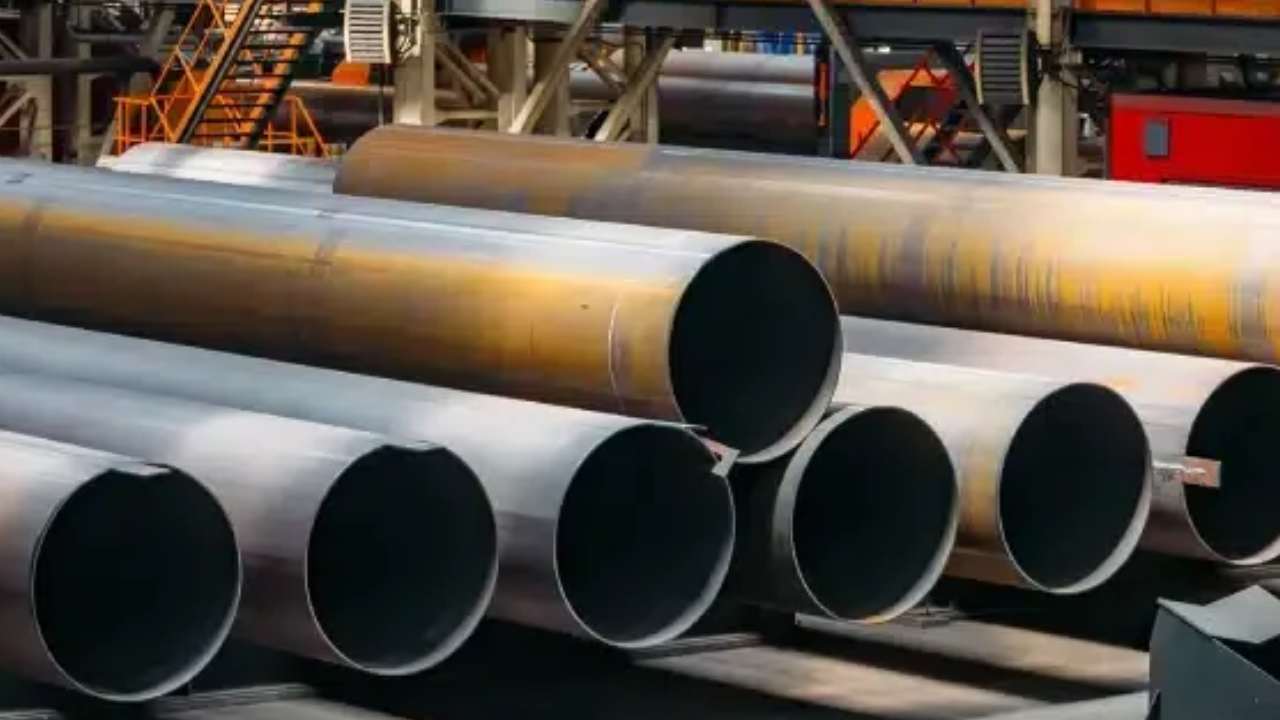Structural hollow sections (HSS) are a significant innovation in the realm of engineering and construction, providing a versatile solution for a variety of applications. These steel profiles, distinguished by their hollow, tubular geometries, are available in square, rectangular, and circular cross-sections. The unusual design provides various advantages, the most notable of which is their remarkable strength-to-weight ratio.
HSS is manufactured using cold or hot forming methods, giving engineers and architects precise control over dimensions and material efficiency. The HSS allows for better material distribution, decreasing weight while maintaining strength. This makes HSS particularly useful in tasks requiring minimal weight, such as transportation infrastructure or aeronautical applications.
Benefits of Using Structural Hollow Sections in Modern Engineering
Structural hollow sections (HSS) have emerged as a cornerstone in modern engineering, with a plethora of benefits that lead to their widespread use across several industries. This article digs into the numerous advantages of employing HSS, examining how its unique qualities transform building, infrastructure development, and a variety of engineering applications.
High Strength-To-Weight Ratio
One of the main benefits of structural hollow sections is their high strength-to-weight ratio. The hollow shape allows for the effective distribution of material, resulting in constructions that can sustain heavy loads while staying lightweight. This feature is especially useful in applications where reducing weight is critical for reasons like transportation, fuel efficiency, and overall structural integrity.
Efficient Use of Material
HSS is manufactured by cold or hot forming, which allows for the fabrication of tubular shapes with square, rectangular, or circular cross-sections. This approach allows for precise control over dimensions while also ensuring material efficiency, eliminating waste, and contributing to sustainable construction practices.
Torsional Stability
Structural hollow sections offer higher torsional stability, making them ideal for applications requiring resistance to twisting stresses. This feature is particularly useful in constructions that are subjected to dynamic loads or require high degrees of stability, such as bridges and towering skyscrapers.
Aesthetic Versatility
HSS’s clean, modern design helps to the aesthetic adaptability of constructions. Architects and designers value the sleek lines and geometric shapes that HSS profiles provide, which enable imaginative and visually appealing solutions in both interior and exterior applications. Exposed steel structures, modern skyscrapers, and architectural landmarks all demonstrate this stylistic adaptability.
Ease of Fabrication and Installation
The standardized dimensions of structural hollow sections make production and installation easier. Manufacturers may build HSS to standardized specifications, expediting construction projects and increasing cost-effectiveness. The ease of fabrication also makes it easier to integrate HSS into a variety of engineering applications.
Corrosion Resistance
Structural hollow sections can be fabricated with corrosion-resistant coatings or treatments, such as galvanization. This makes them suited for use in harsh situations, such as naval constructions and outdoor installations, where corrosion resistance is critical to the structure’s lifetime.
Versatility in Design and Functionality
The diversity of HSS profiles enables creative design ideas and practical flexibility. Structural hollow sections can be customized to fulfill unique project needs, whether for building frames, bridges, or equipment components. This versatility allows HSS to solve a wide range of engineering difficulties and applications.
Cost-Effective Solutions
The efficient use of material, ease of manufacture, and cheap transportation costs due to their lightweight nature all contribute to the overall cost-effectiveness of structural hollow sections. The economic benefits make HSS an appealing option for construction projects where maximizing resources without sacrificing structural integrity is critical.
Environmental Sustainability
Material efficiency, paired with steel’s recyclability, coincides with construction sustainability aims. Structural hollow parts help to promote ecologically friendly practices by reducing waste and fostering a circular economy. As the building industry places a greater emphasis on sustainability, HSS becomes an essential component of environmentally conscious engineering techniques.
Durability and Longevity
Structural hollow parts, with their high manufacturing quality and resilience to environmental influences, help construction last longer. Whether in buildings, bridges, or offshore platforms, the strength of HSS guarantees that structures last, lowering maintenance costs and increasing overall reliability.
Remarks
The advantages of adopting structural hollow sections are numerous and widespread, making them indispensable in modern engineering and construction. HSS profiles continue to influence the development of innovative and resilient structures. As technology and engineering processes progress, the need for structural hollow sections to achieve peak performance, efficiency, and sustainability remains crucial.

Armstrong
Armstrong is a designer of technology products. He has a B.S. in electrical engineering and an M.S. in computer science from Stanford University, and he has worked at several startups, including Google and Facebook. He is the co-founder of Conversion.ai, Proof, and Apptopia.